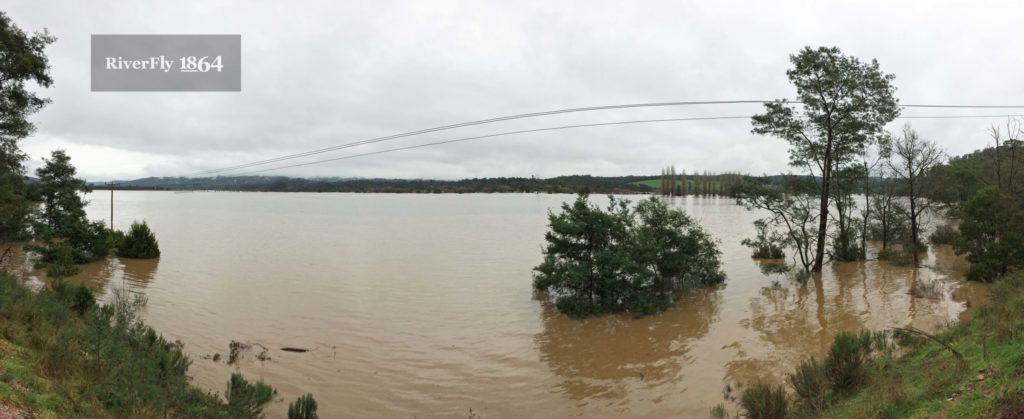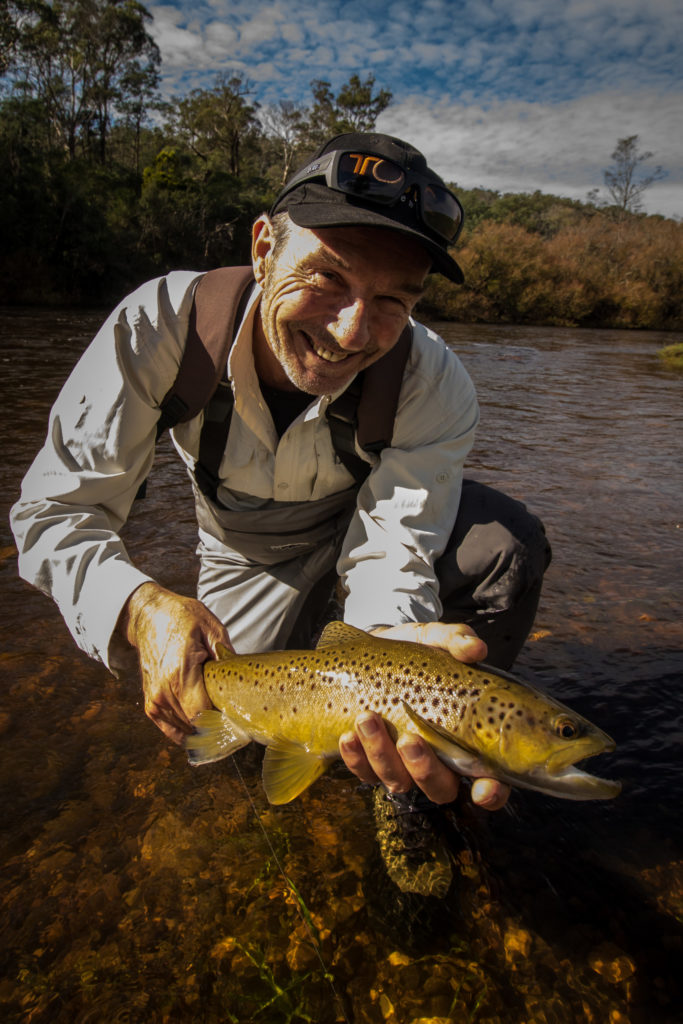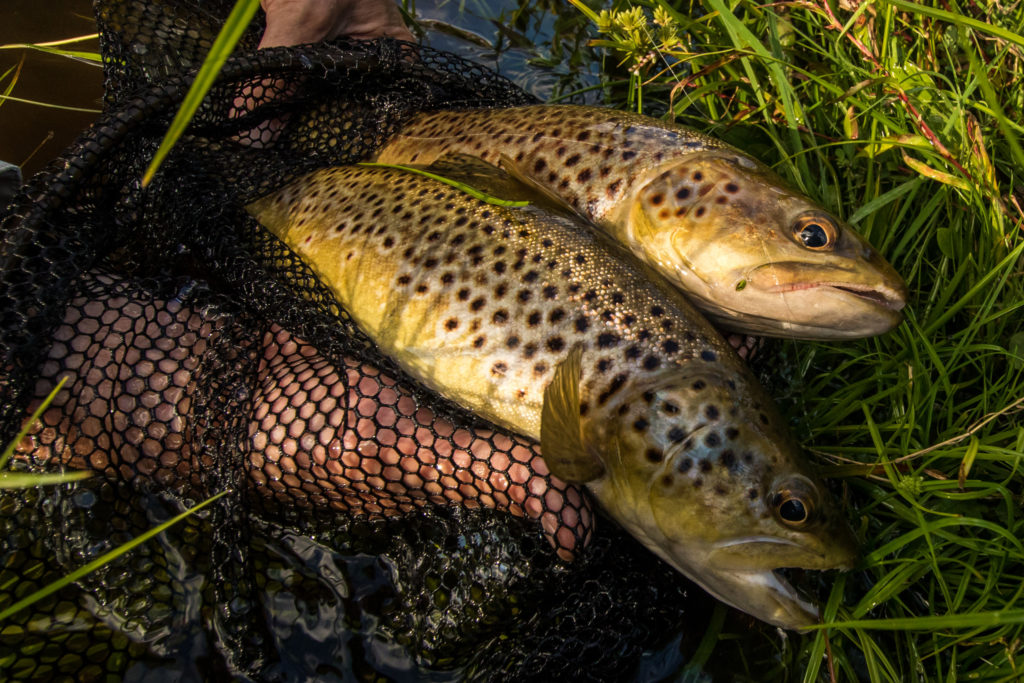
Mersey River flooding, 2016
Mersey River after the floods
This time last year, the Mersey River was experiencing the most destructive flood in history. Houses were washed away, more than 300 cattle were lost, and the river set many new courses. So how did this affect the fishing this year?
Our first inspection post-flood, in August 2016, revealed an almost unrecognisable river in parts. Whole river bends were gone, and thousands of tonnes of gravel littered the adjacent farmland. But miraculously under the rocks, mayfly nymph and caddis crawled and scurried, survivors of the massive flood. The first few fish of the season also looked great–perhaps even a little fatter than normal, from the additional available feed.
By late spring the traditional run of whitebait had begun up the river, and both sea trout and resident trout began actively preying on the small fish. The odd mayfly hatch began, and somewhat normal conditions returned to the river. The biggest difference was consistency; while good fishing existing through the river, it was almost impossible to predict which riffle and run would have fish, or good fishing.

A ripper Mersey River fish from Autumn 2017
Skip to post-Christmas, and the river was showing some great form. Polaroiding nymph feeders, and fishing to aphid sippers was steady, though a noticeable absence was the normally reliable willow-grubs. Whether this insect was impacted by the floods, or by the unseasonable cold winter, it’s hard to know.
By late autumn the Mersey was almost back to itself – baitfish feeders smashing galaxia, and aggregations of nymphing brown trout in the riffles. Indeed our favourite riffle for the season was yielding catches of up to a dozen of fish, in the area the size of a dining room, on some of our custom tied nymphs during April.
From our experience, the Mersey has certainly been altered by the massive floods, and the best locations have changed, but the fishing is as great as ever.

The results of a two-fish in two casts for RiverFly customer Richard M.
